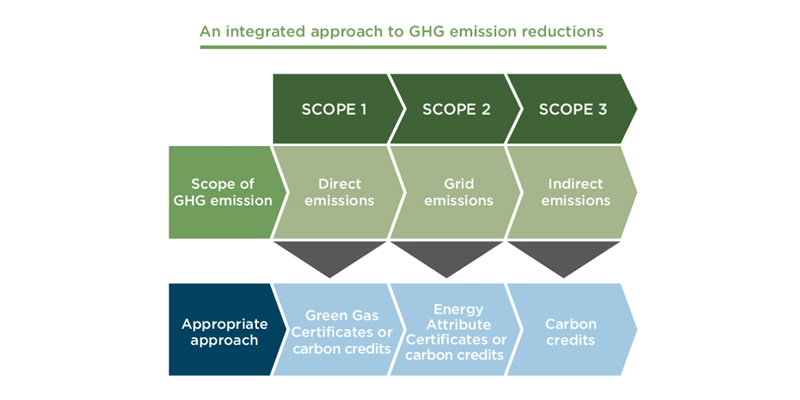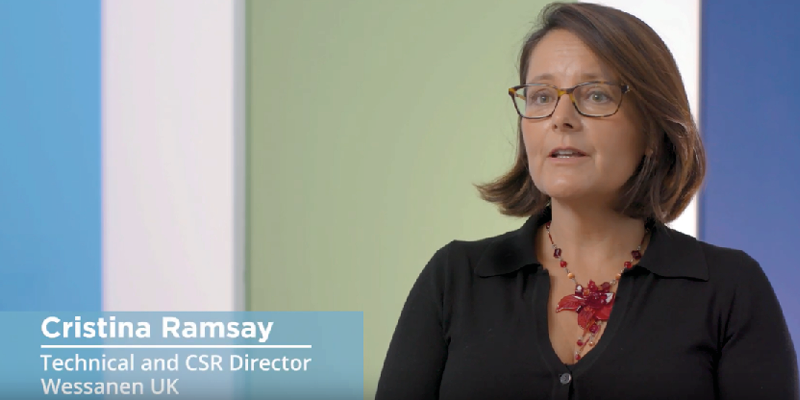Internal changes can deliver cost-effective carbon emission reductions, reducing energy and waste bills along with business travel costs. Carbon neutrality puts a price of carbon into the business to incentivise this type of shift. The CarbonNeutral Protocol recommends using Science-Based Targets and marginal abatement cost curves as effective ways to set an internal reduction goal that aligns with the requirements to deliver a stable climate.

The best measures to deliver internal reductions will be very different for each company but typically the focus of our clients is on three areas: energy use, waste and travel.
The footprint report will highlight where the most significant emissions hot spots are for your business. Internal reductions can range from the relatively simple, such as changing to energy saving light bulbs, to those which may require a greater degree of behaviour change, such as reducing travel and using technology for meetings, to significant structural investment such as updating buildings or manufacturing processes.

Targets adopted by companies to reduce greenhouse gas (GHG) emissions are considered “science-based” if they are in line with the level of decarbonization required to keep global temperature increase below 2 degrees Celsius
Science Based Targets initiative
Companies that are carbon neutral can use Energy Attribute Certificates (EACs) to immediately and effectively meet global renewable energy targets, support the generation of renewable energy in the locations of interest to them and address their Scope 2 emissions. An EAC is a certificate that tracks 1 MWh of renewable electricity from its production. Companies that purchase EACs can report lower Scope 2 (electricity) emissions and contribute to their carbon neutral target.
On behalf of our clients we create EAC portfolios which match the locations where they have operations and consume electricity. We have also worked with clients to develop new EAC programmes in countries where they are not currently available. All our renewable energy solutions are underpinned by leading standards which verify renewable power projects.

Few companies know exactly how they’re going to get there when they set their 100% target, but by setting the target, they leave no room for doubt. They gear up the entire organisation towards that goal.
Sam Kimmins, Head of RE100
Today it is still impossible to achieve zero emissions in many activities. Through external emission reduction projects a business not only delivers emission reductions fast, but also has a further impact on sustainable development: renewable energy means jobs, solar household devices help free people from poverty, cutting fossil fuel pollution benefits health, forestry also conserves biodiversity. Internal emission reductions and reducing emissions externally through financing low-carbon sustainable development projects has the same benefit for global climate change.

Climate Impact Partners has a global network of projects and partners giving us unrivalled access to the emission reduction projects being developed around the world. Combined with our extensive due diligence to ensure the quality of every project, we provide you with a high quality, customised solution that meets the specific interests and goals of your business.
